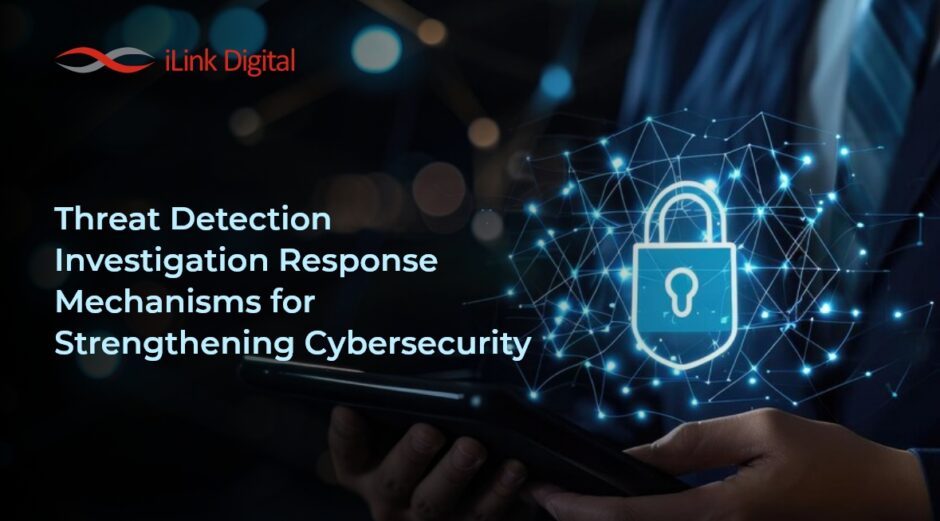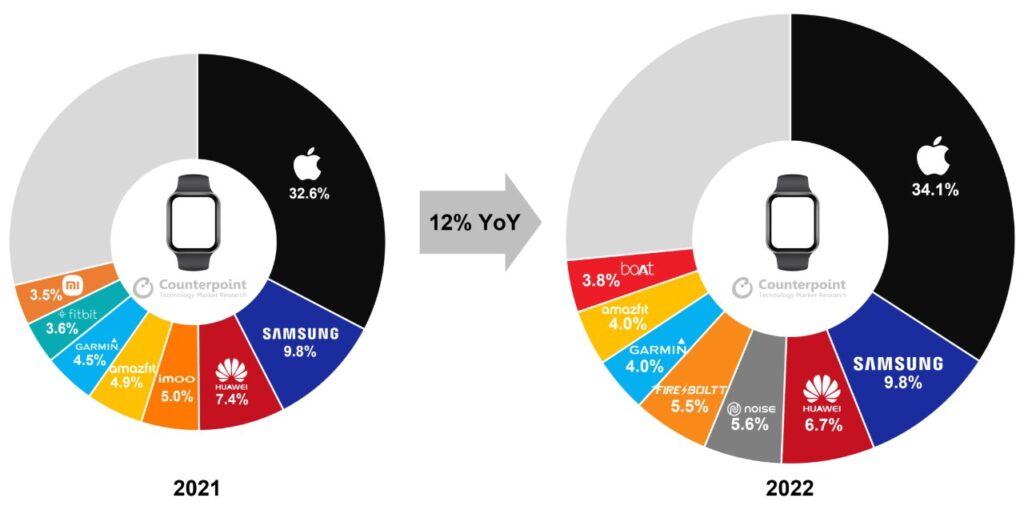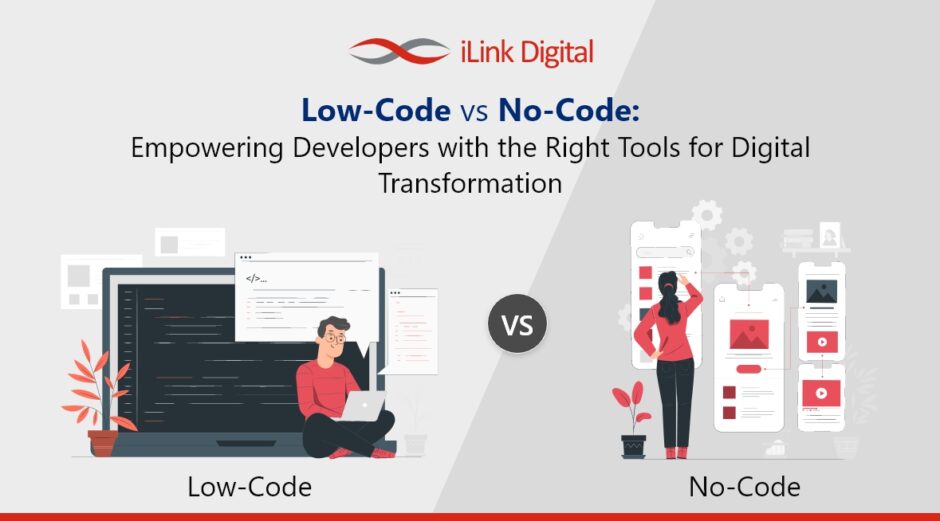
Threat Detection Investigation Response Mechanisms for Strengthening Cybersecurity
In the ever-evolving landscape of technology innovation, cyber threats pose a significant risk to organizations’ ability to safeguard their critical assets. The attack surface has grown exponentially due to the increased cloud adoption and dispersed workloads. Hence, organizations must implement robust threat detection and incident response (TDIR) mechanisms to minimize the impact of security incidents, ensuring business continuity while maintaining stakeholder’s trust.
This blog aims to elucidate how the robust implementation of threat detection investigation response mechanisms redefines cybersecurity strategies, equipping organizations with the insights and agility to respond swiftly to cyber threats and ensure the safety and security of their systems.

What is Threat Detection Investigation Response?
Threat Detection
Threat detection is the process of identifying, analyzing, and mitigating potential security threats across an organization’s network. It extracts the indicators of compromise (IOC) by implementing continuous monitoring and analysis of network activity through analyzing traffic patterns, system logs, user activity, suspicious files, and endpoints.
Security teams leverage various tools and techniques ranging from basic antivirus solutions to artificial intelligence and machine learning algorithms to identify complex threats.
According to IBM, “Security Operations Center (SOC) can deal with only 80% of threats; the remaining 20% of threats are likely to slip through, leading to significant damage”.
Threat Investigation
Threat investigation is the process of analyzing and evaluating the impact of threats on an organization to develop an incident response plan. Once the threat is detected, security teams conduct forensic analysis of networks, systems, and applications to identify the root cause of the threats. As a result, organizations can prioritize their investigation and incident handling effectively.
Threat Response
Threat Response involves taking appropriate countermeasures based on detailed analysis to identify and mitigate the threats. It focuses on implementing additional security controls, including intrusion detection systems and multi-factor authentication (MFA), conducting vulnerability assessments, creating awareness among users of best security practices, and minimizing the risk of future attacks.
Steps for Effective Implementation of Threat Detection Investigation Response Mechanisms
#Step 1: Modern Security Incident and Event Management (SIEM) for Threat Hunting and Analysis
Unlike traditional reactive security approaches, threat-hunting involves actively seeking out any suspicious and malicious activity within an organization before it causes significant damage. However, it requires a deeper understanding of an organization’s security workflow regarding infrastructure, systems, and network behavior. Effective threat hunting ultimately reduces the time of discovery and the amount of damage by attackers.
Modern SIEM platforms play a crucial role in threat hunting by facilitating real-time analytical capabilities for collecting, analyzing, and correlating security data from disparate sources across endpoints, emails, clouds, apps, and identities. It empowers organizations to take adequate preventive measures by automating incident responses in a timely manner, significantly improving their overall security posture.
# Step 2: Identifying Advanced Threats with User Entity Behavior Analytics (UEBA)
Identifying the threats inside organizations has always been a tedious and time-consuming process. User and Entity Behaviour Analytics (UEBA) helps organizations detect advanced persistent threats by applying behavioral analytics and machine learning algorithms. With the ability to ingest and analyze vast amounts of data from multiple resources such as SIEM, EDR, Network access solutions, threat intelligence frameworks, authentication databases, and ERP, UEBA has already created a comprehensive baseline profile of privileged user behavior.
These solutions provide:
- Greater visibility into the activity and behaviors of users and devices.
- Flagging the potential malicious threats inside the network in case of suspicious deviations from baseline.
- Improving the overall cybersecurity posture while reducing the impact of insider threats.
- The UEBA capability in Microsoft Sentinel streamlines analysts’ workloads and offers high-fidelity, actionable intelligence, enabling them to focus on investigation and remediation rather than uncertainty.
# Step 3: Incident Prioritization and Investigation with Microsoft Sentinel
Once the threats and anomalies have been detected, UEBA helps security analysts prioritize potential alerts by assigning a risk score based on the severity of the deviation, the sensitivity of data, the users, and the role in the organization. A high-risk score indicates that an event requires immediate attention, while lower scores require further investigation.
Microsoft Sentinel is a cloud-native and scalable SIEM platform that integrates threat intelligence frameworks, automation, advanced analytics, and Artificial Intelligence (AI) for incident investigation. Azure Sentinel offers deep investigation tools that help you understand the scope and identify the root cause of potential security threats.
Forrester’s Total Economic Impact (TEI) study revealed that Microsoft Sentinel has increased the productivity of security teams, streamlined operations, decreased the organization’s total cost ownership, and achieved a return on investment (ROI) of 234%”.
Explore our Azure Sentinel Services!
# Step 4: Accelerating Automated Incident Response and Remediation with SOAR
Security Orchestration, Automation, and Response (SOAR) are critical in automating the incident response and remediation process, enabling organizations to respond to security incidents more effectively and efficiently. SOAR is an integral part of SIEM that focuses on prioritizing incident alerts detected by SIEM platform. SOAR accelerates alert processing and triage by integrating AI and automation, eliminating the need for human intervention.
Key Capabilities of SOAR
- Orchestration: Security orchestration integrates various internal and external tools in security systems, such as firewalls, threat intelligence feeds, and endpoint protection through built-in or custom integrations and APIs. Subsequently, SOCs can coordinate their activities with playbooks.
- Automation: SOAR executes the automated response while detecting suspicious activity through Endpoint Detection and Response (EDR) and triggers Network Detection and Response (NDR) to quarantine the compromised endpoint devices.
- Response: Like threat intelligence platforms, the centralized dashboard provides a single pane of view for analysts to effectively investigate and resolve incidents by triggering the appropriate playbooks.
Conclusion
iLink SOC, led by InfoSec experts, detects, analyzes, and responds to cybersecurity incidents through vigilant monitoring, using a blend of technology solutions and robust processes. With effective threat detection investigation response mechanisms, organizations minimize the risks & protect critical information, and effectively reduce the cost and complexity of your security infrastructure. iLink’s Microsoft Sentinel as a Service helps you proactively address threats while maintaining your bottom line.
Take the first step towards learning more about Threat Detection Investigation Response services.
Check out our Cybersecurity Services Portfolio!

Thangaraj Petchiappan
Chief Technology & Innovation Officer at iLink Digital
Author
Thangaraj Petchiappan leads the company’s digital transformation initiatives for Fortune 500 clients. He focuses on enhancing infrastructure automation and integrating advanced bot solutions across various industries, including healthcare, oil & gas, manufacturing, telecom, retail, and NPO sectors. As the founder of the AI-Powered Cybersecurity iLab in Texas, he spearheads the development of innovative AI and ML solutions. Additionally, Thangaraj shares his expertise as a keynote speaker, cloud advocate, and coach, offering guidance on digital transformation and technology leadership.




















